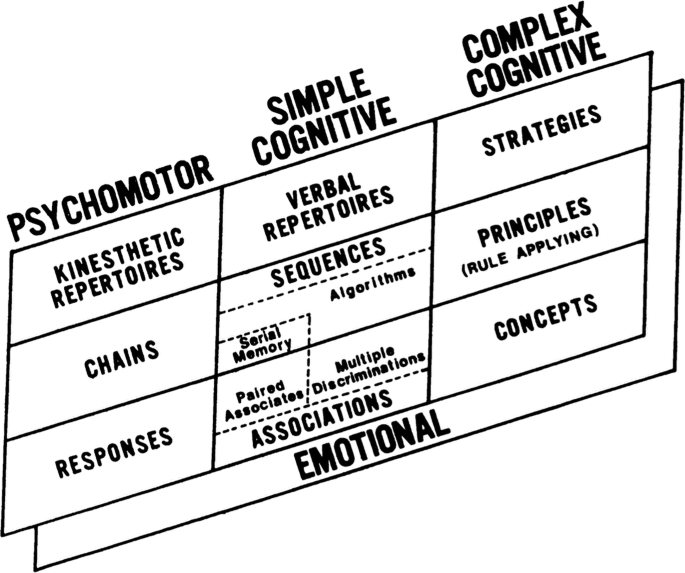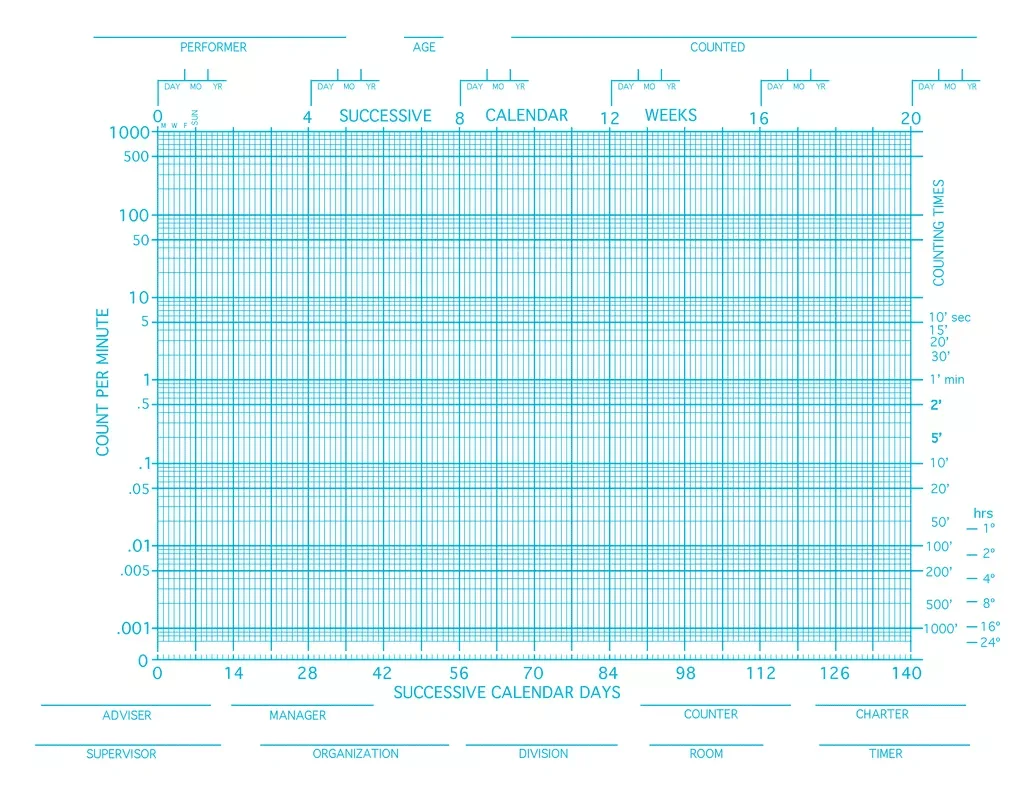Educational Solutions
Leverage doctoral-level expertise in instructional design and behavior analysis to understand your student's strengths and challenges, analyze and develop educational goals, and develop a lesson plan tailored not just to your students, but to your teaching style. JD ABA utilizes:
Tiemann and Markle’s (1990) learning types: Pictured below, decades of research has gone into characterizing each kind of learning and what is involved in teaching it. From simple motor movements to complex concept and strategies, any educational outcome can be analyzed in these terms so that goals and effective lesson plans can be developed.
Precision teaching: Pictured below, the “standard celeration chart” is a tool for data display and decision-making that results in faster and more sustainable learning (Johnson and Street, 2013). Most graphs lack critical information, preventing the teacher from making agile decisions about how to alter the current teaching arrangement, and when to step back and evaluate potentially missing component skills.
These powerful tools alongside other best practices in instructional design and behavior analysis combine to help your students meet the outcomes you know they’re capable of.
Tiemann and Markle’s learning types
The Standard Celeration Chart


